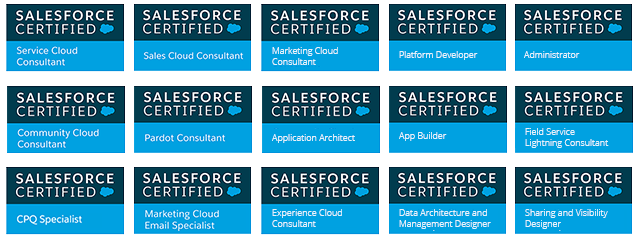Service Cloud is a valuable module for any organization that needs to deliver excellent service levels to a customer base where they want to sustain a long-running relationship. Customer Service teams use Service Cloud to access information – both general about your products or specifically about the customer’s purchased services – rapidly in order to answer their questions, troubleshoot their issues, and schedule follow-up investigations, service visits or repairs when necessary.
West Coast Consulting Group has assembled a list of the Top 10 items to consider when planning your Service Cloud deployment.
- Create a single point of contact. When going live, the level of activity and emotion tends to run high and things can be chaotic if there are too many points of contact. Having a designated single point of contact from the customer team minimizes noise and confusion and makes the cut-over go much more smoothly.
- Ensure Tier 1 Customer Support readiness. Tier 1 Customer Support, every company’s first point of contact with customers, needs to be well prepared for the new system and should enter all cases in parallel one week prior to go-live. Be prepared for Day 1 so that your customers don’t experience delays in service because your Tier 1 support team hasn’t been trained to property raise and manage tickets.
- Test Email-to-Case connectivity. Test and ensure that your support team’s email is set up as system admin and associate it with Email2Case processes to ensure cases are routed correctly and responses from the customer are routed back to the cases. In order to ensure that it works prior to go-live, make the switch a few hours ahead of time and test out this important functionality using communications to the real support email address from a simulated external customer’s email address.
- Enable all support users at least one week in advance. Ensure that all your support team’s users are fully operational within the Service Cloud environment at least one week prior to go-live and all access issues are addressed. Test login credentials, access levels, communications, escalation protocols, and don’t forget negative test cases to ensure they don’t have access to data, fields or tabs that they shouldn’t.
- Migrate your data on the weekend before go-live. Best practices recommend that all data from existing systems should be migrated to the new system over a weekend, due to relatively lighter activity across both customer and staff user groups. The more test runs of data migrations you can run, the more issues you will uncover and resolve, and the more accurate your end data set will be. A final test of loading migrated data into the target Service Cloud environment should be conducted over the weekend before your cut-over to ensure that all data templates are in place and the data can be migrated into the destination fields. And don’t forget: the larger the dataset being migrated, the higher the incidence of errors during automated migration. This is normal; have a plan in place to manually review, correct and upload errored records.
- Plan your launch activities. Logistics need to be in place prior to cutover and seemingly mundane elements such as conference room availability, as well as weekend support, and testing, must be planned, once data is loaded.
- Follow the sun. A good practice is to “follow the sun” in a global roll-out and cut-over in different geographical locations as the day breaks in those areas.
- Communicate with stakeholders. Communication must be in place for internal teams including the Sales organization. Your employee, as well as customers, need to be well-aware when the new processes that accompany the new system is coming and how they will be affected.
- Support your escalation. Always ensure that management support and escalation processes are in place at go-live. The key stakeholders from Support, Sales Ops, IT, Renewals and Finance should have clear escalation paths to address problems quickly and efficiently.
- After the cutover. After the rollout, it is especially important to continue to gather suggestions from the support team and evaluate the suggestions to be incorporated into future releases for roll-out on an ongoing basis.
West Coast Consulting Group’s experience in assisting numerous organizations deploy Service Cloud has taught us that neglecting these practices can lead to significant problems and disrupt an otherwise smooth transition of your Support Center operations.
“We were impressed, how West Coast Consulting worked with our Support, Sales Ops, IT, Renewals, and Finance organizations, to orchestrate a successful global Service Cloud launch.”
Eric Kwok
A10 Networks



